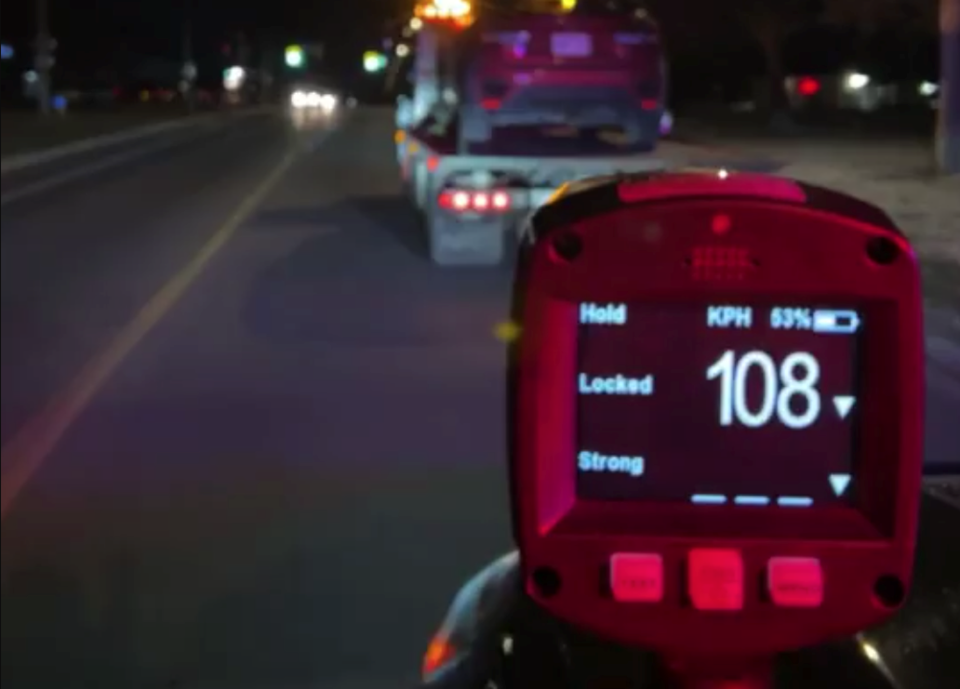As police around the region aim to slow down motorists, they're hoping the community will help them do so.
A recent tweet by Ontario Provincial Police West Region encouraged residents to utilize the Waze app to mark the locations of its officers.
The "community driven navigation app" is a popular road tool that allows people to notify other drivers and be notified with real-time traffic alerts about upcoming issues such as accidents, road closures and other delays. The more drivers that pin an occurrance, the better chance it has to display for others.
Think of it as the evolution of drivers flashing their high beams to alert to other drivers of a speed trap up ahead.
But does warning people of the location of police aid in enforcement or serve as an escape plan for potential criminals?
It depends how it's used said OPP media relations officer Sgt Kerry Schmidt.
"We don't have any concerns about people flagging where officers are conducting enforcement on highways as it allows those drivers to hopefully be more alert to the situation," Schmidt said.
"However, if people identify where police are doing RIDE checks or other road safety initiatives, I would say it's irresponsible to alert other drivers who may already be impaired and they avoid the area due to others alerting on social media."
The Waterloo regional police also weighed in on the use of the app and how it can assist them in keeping the community safe.
"Waterloo Regional Police utilize a number of tools and techniques to help enhance road safety in Waterloo Region, including increased police visibility and proactive enforcement," Staff Sergeant Scott Griffiths said.
"Marking the location of officers on area roadways has the potential to enhance road safety by helping to reduce traffic speed and increasing drivers’ awareness of their speed."
While it appears to be seen as a generally positive tool, Griffiths reiterates that it shouldn't be used as a way to circumvent the law or ignore the rules of the road.
"Drivers are encouraged to follow the posted speed limits at all times, regardless of police presence, and are reminded that it's against the law to operate a hand-held communication device while driving," he said.
"If you must respond to a text or call while driving, go hands-free, use your passenger or pull over."


